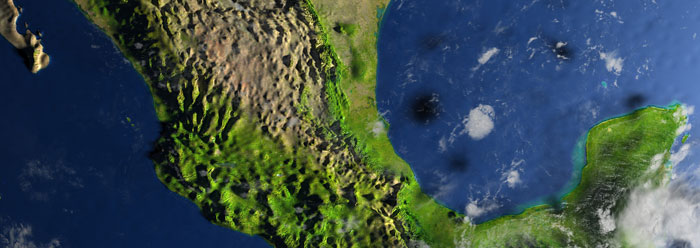Scientists recently found blood remnants in a mosquito fossil trapped in a supposed 46-million-year-old rock.1 Could blood really last that long?
Publishing in the Proceedings of the National Academy of Sciences (PNAS), the researchers reported that they detected iron three times inside the fossil mosquito's abdomen, which strongly suggests the presence of still-fresh hemoglobin. They also confirmed the presence of heme groups (vitamin-like porphyrin molecules found in hemoglobin) only inside the abdomen, where living female mosquitos store the blood from their meals. The study authors wrote, "The combination of these two determinations indicates that the porphyrins are derived from the oxygen-carrying heme moiety of hemoglobin."1
No scientific evidence supports the assertion that heme groups can last, even under circumstances that would maximize their preservation, for one million, let alone tens of millions of years. In fact, all longevity studies of biomolecules like hemoglobin, DNA, and collagen show decay rates in ranges that show total sample disintegration in a matter of months to a maximum of several hundred thousand years—assuming reasonable Earth surface temperatures.2
Fundamental physical laws describe how highly organized systems like proteins constantly decay unless an outside agency—like an engineer or a robot—maintains them. The PNAS study did not explain how hemoglobin could defy these basic laws.
The study authors wrote, "The data reported herein provide incontrovertible documentation of the presence of heme and arguably hemoglobin-derived porphyrins in a 46-million-year-old compression fossil and localize the porphyrins to a specific anatomical structure within that fossil."1
Though they provided incontrovertible documentation for blood remnants, without something like a time machine, science cannot directly measure these ages.
They seemed to have overlooked more than just the fossil's blood remnants when assigning this age. The Kishenehn Formation also contains oil. Like blood's heme molecules, organic oils should have completely degraded long ago—if these rocks are indeed 46 million years old—especially considering how voracious oil-eating bacteria can be.3
Authors of a 1987 study wrote, "Average total organic carbon contents…in the Kishenehn Formation exceed 6%," meaning that over six percent of the material in the formation has organically-derived carbon. Unaltered, original plant molecules were found in the oil. "Specific molecular markers are present in these samples, including several suites of diagenetic [partly altered by burial and age] steroidal hydrocarbons. Land-plant molecular input [e.g., chlorophyll] suggests nearshore deposition for the southernmost samples," according to the same study.4
Even if bacteria were somehow excluded from this oil, it would still have fizzled into smaller inorganic forms like carbon dioxide long before 46 million years elapsed. But both the presence of blood and oil give evidence of a recent creation.
Secular science will continue to struggle with force-fitting findings into evolutionary schemes, but a recent Flood easily accommodates blood elements in fossils like this once hungry mosquito.5
References
- Greenwalt, D. E. et al. Hemoglobin-derived porphyrins preserved in a Middle Eocene blood-engorged mosquito. Proceedings of the National Academy of Sciences. Published online before print October 14, 2013.
- Thomas, B. 2013. A Review of Original Tissue Fossils and Their Age Implications. In Proceedings of the Seventh International Conference on Creationism. Pittsburgh, PA: Creation Science Fellowship.
- Clarey, T. 2013. Oil, Fracking, and a Recent Global Flood. Acts & Facts. 42 (10): 14-15.
- Curiale, J. A. and S. W. Sperry. 1987. Regional Source Rock Potential of Kishenehn Formation, Northwest Montana. Search and Discovery Article #91038. American Association of Petroleum Geologists. AAPG Annual Convention, Los Angeles, California, June 7-10.
- Thomas, B. Are Iceman Blood Cells Really the Oldest? Creation Science Update. Posted on icr.org June 13, 2012, accessed October 21, 2013.
* Mr. Thomas is Science Writer at the Institute for Creation Research.
Article posted on October 25, 2013.










